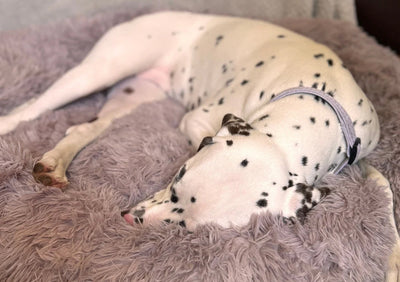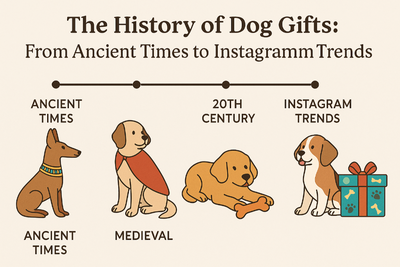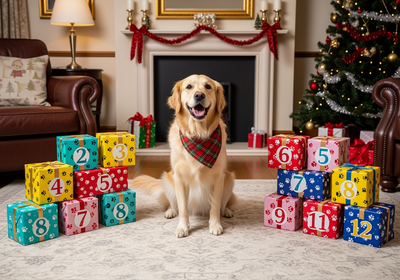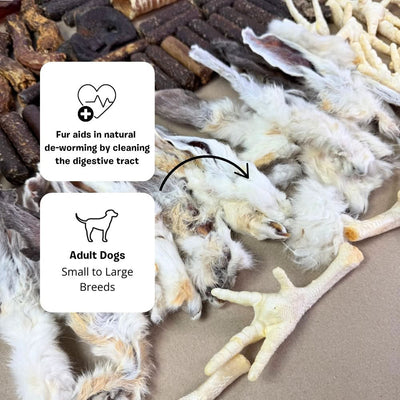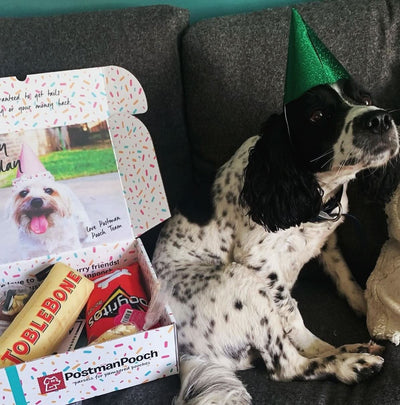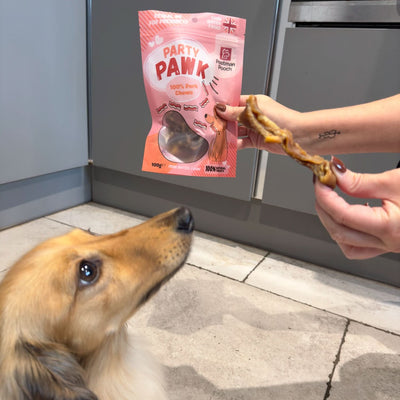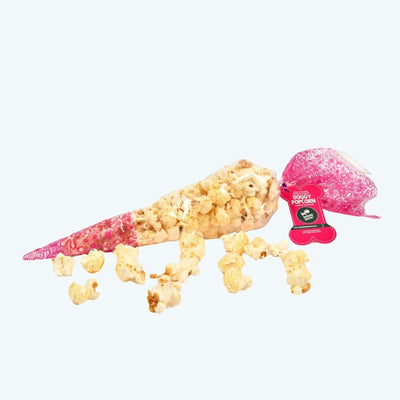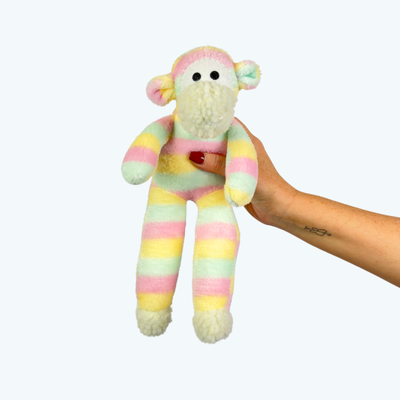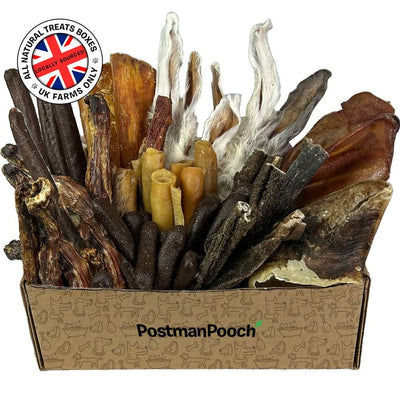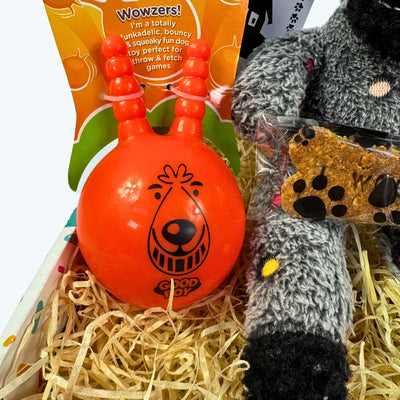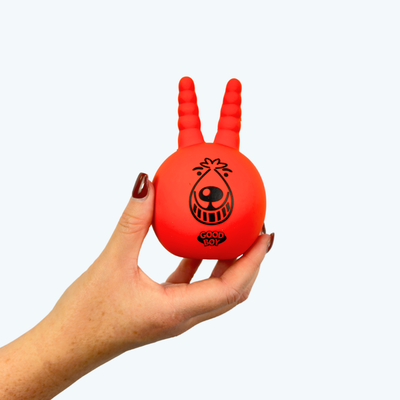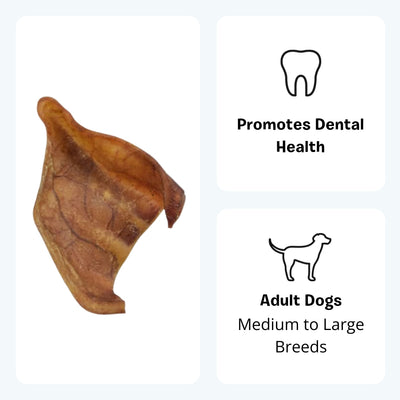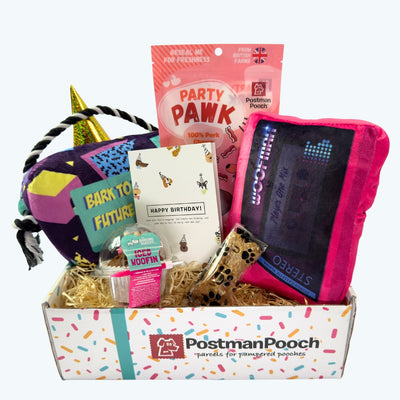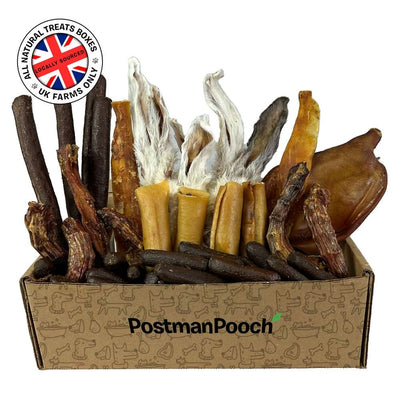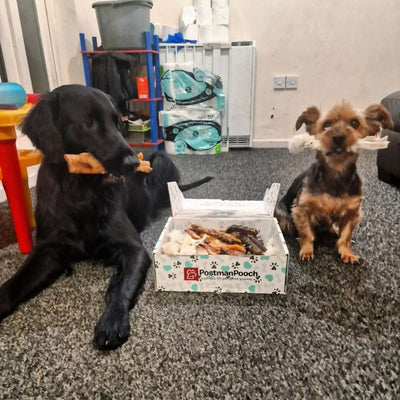What I Learned from Training My Labrador Puppy
Getting a Labrador puppy was one of those “heart over head” moments for me. I knew they were smart, energetic, and loyal, but I hadn’t quite grasped how much work went into raising one. Don’t get me wrong—it’s been incredibly rewarding—but it’s definitely not as effortless as those cute Instagram reels make it look.
So, if you’ve recently brought a Lab puppy home (or are thinking about it), I wanted to share a few things I’ve learned—honestly, through trial and error.
Are Labradors Easy to Train?
Short answer: yes, but only if you’re consistent. My Labrador was eager to please and definitely food-motivated, which helped a lot. But there were plenty of moments when their excitement got the better of them—especially when someone new walked in the room or a leaf blew past.
What helped most was:
- Keeping training sessions short and positive
- Using tiny, irresistible treats
- Repeating things a lot more than I expected
Where I Started: The Basics
The first thing I worked on was name recognition. It sounds basic, but getting your puppy to reliably respond to their name makes everything else so much easier.
Potty training came next. I kept to a tight routine: straight outside after meals, naps, or play, and gave loads of praise for doing the business in the right spot. Accidents happened, but we got there in the end.
Then came the commands:
- “Sit” was easy and super useful
- “Stay” took longer, but it was worth the effort
- “Come” was crucial—especially for recall on walks
We also started leash training early. At first, it felt like they were taking me for a walk. But with patience (and pockets full of treats), we cracked it.
Socialising Made a Big Difference
One thing I can’t recommend enough: expose your puppy to as many different sights, sounds, people, and dogs as possible. It really helped mine grow into a confident adult. I brought mine along to outdoor cafés, quiet parks, and even just car rides to get them used to different experiences.
The “5-Minute Rule” for Exercise
This one I only learned after doing a bit of research (wish I’d known sooner): the general rule is five minutes of structured exercise per month of age. So, at 3 months, only 15 minutes per walk.
Why? Because their joints are still developing. Labs are prone to hip issues, so it’s better to play it safe and avoid overdoing it in the early months. We stuck to gentle walks and avoided stairs and big jumps until they were a bit older.
Discipline Without Drama
To be honest, this was the hardest part for me. When they chewed the remote or stole a sock, my first instinct was to tell them off. But I quickly realised that positive reinforcement worked so much better.
Here’s what helped:
- Rewarding the good stuff straight away
- Redirecting naughty behaviour (like swapping a slipper for a chew toy)
- Staying calm and consistent
- Using short “time outs” if they got too hyper
What I avoided:
- Shouting
- Hitting (obviously)
- Mixed messages (like letting them on the sofa sometimes)
A Few Extra Things I’d Recommend
- Keep sessions short: 5–10 minutes is plenty for a young pup.
- Use super tasty treats: It’s amazing how much faster they learn when the reward is worth it.
- Start crate training early: Our crate became a safe haven—not a punishment zone.
- Consider a puppy class: I found it really helpful, not just for the dog, but for me too.
Final Thoughts
Training a Labrador puppy isn’t always easy, but it’s so worth it. They’re quick learners, full of personality, and honestly, they just want to be your best mate. If you stick with it—keep things consistent, stay patient, and celebrate the little wins—you’ll end up with a dog that’s an absolute joy to be around.
And when they finally master “stay” while you’re holding a slice of pizza? That’s a proud moment, trust me.





